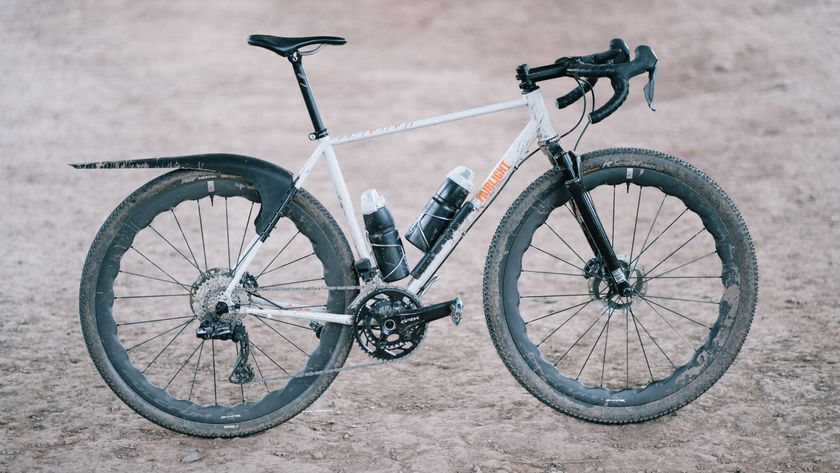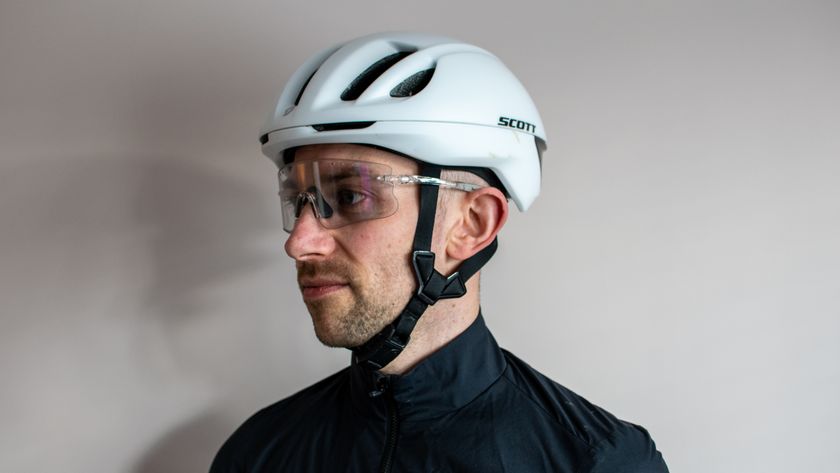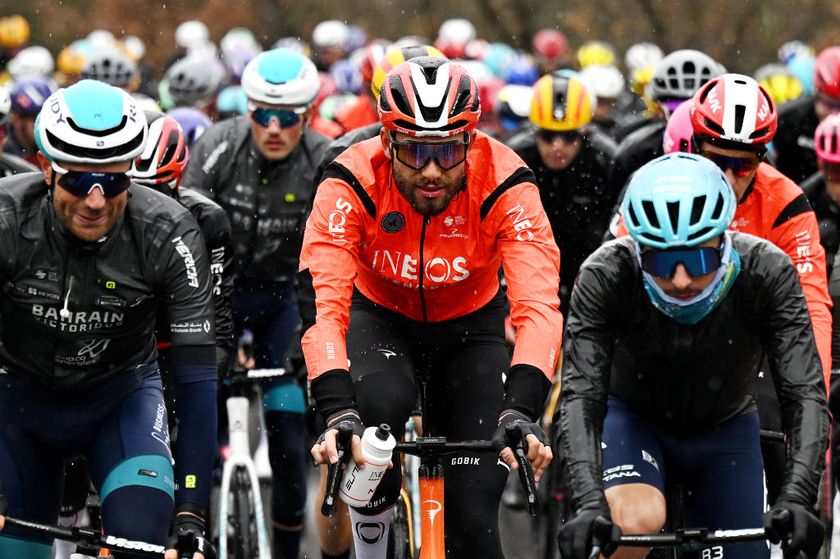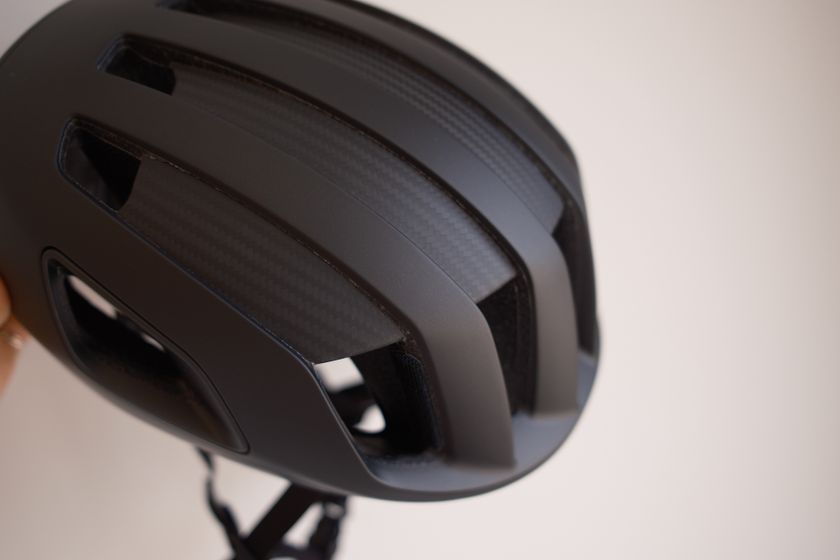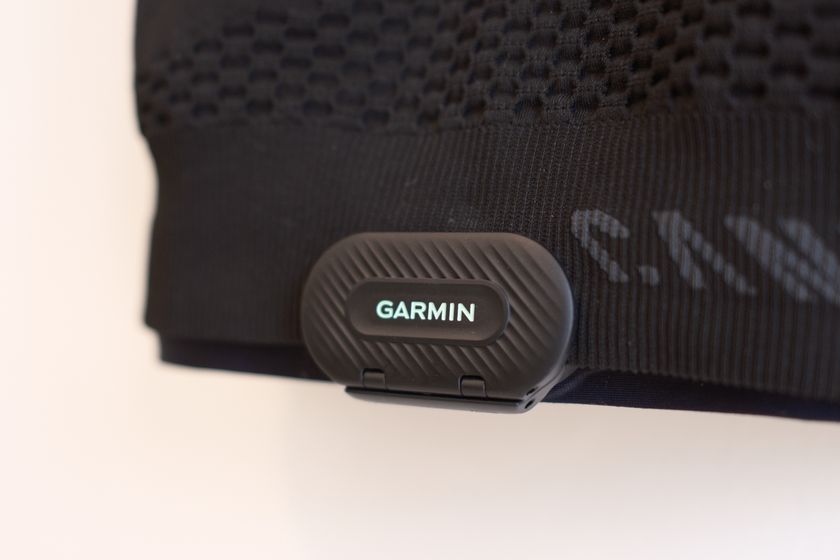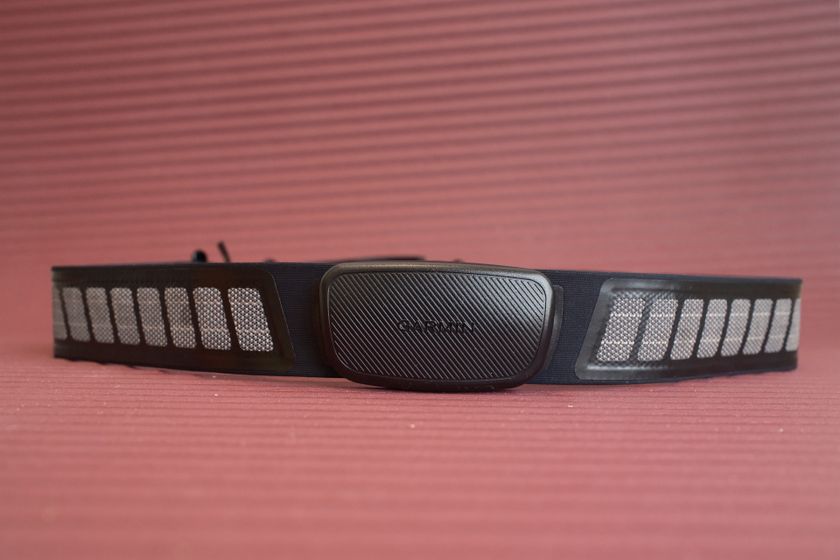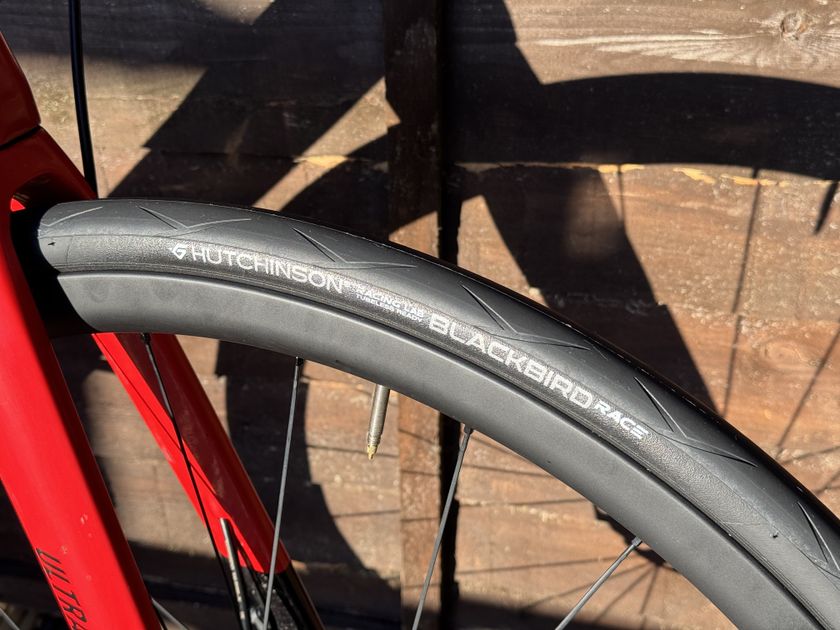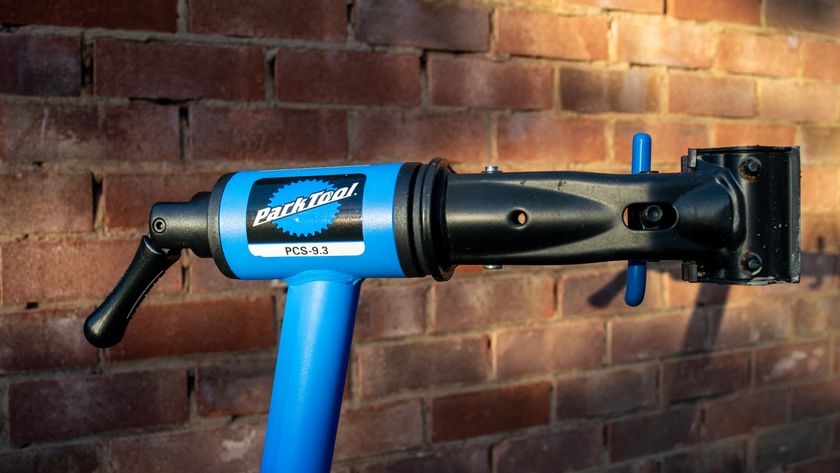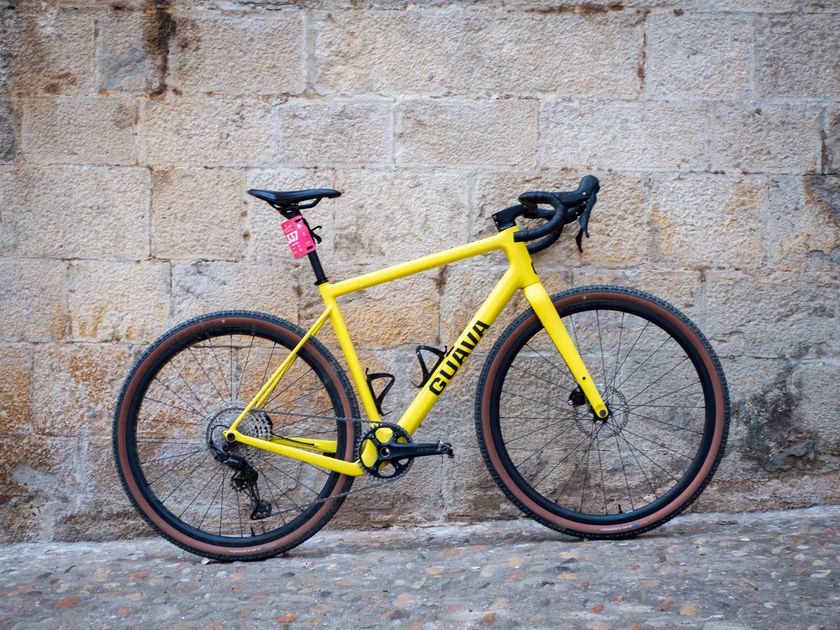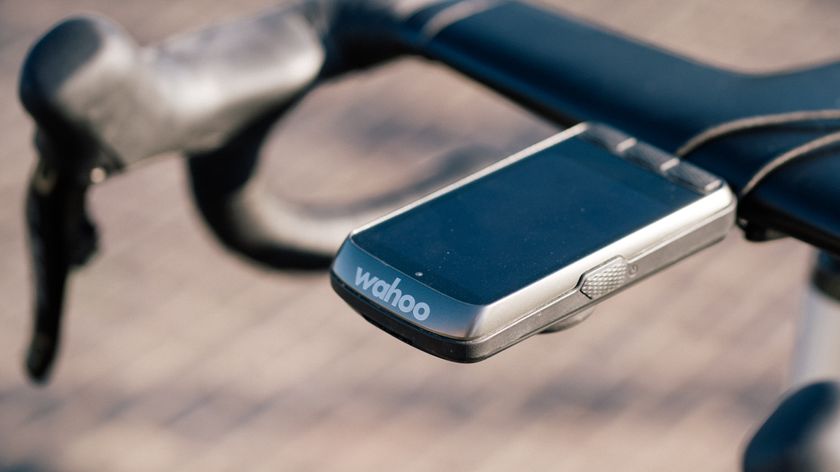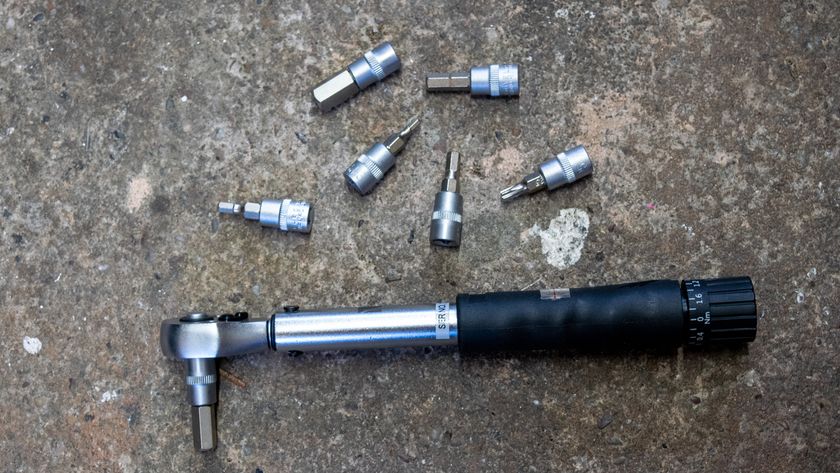You can trust Cyclingnews












This article originally appeared on BikeRadar
The new Specialized Venge ViAS is quantifiably faster than a standard road bike by a wide margin. What's more, the bike handles like an excellent race bike should, with nimble handling, a highly efficient chassis and supple tyres mounted on deep, wide rims that deliver huge amounts of confidence in fast turns.
Since you can read about the details of the bike's design in our news story on the Venge ViAS, I'll focus here on my experiences on the bike — and the results of a unique Venge-to-Tarmac test that combined wind-tunnel data, real-world riding and the data-crunching simulation software of McLaren Applied Technologies.
I'll give the ending away. Yes, the Venge ViAS is faster. Much faster.
- Highs: Incredibly slippery in the wind; impeccable handling; comes with a Quarq power meter
- Lows: Price; small weight penalty
- Buy if: You want the fastest stock road bike money can buy
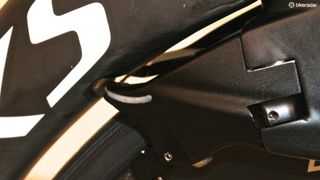
Is it a fairing or a big brake? Well, it's both.
Excuse me, can I have a few minutes of your time?
To launch the ViAS, Specialized invited a few media types to its California headquarters for a day in the company's “Win Tunnel”, followed by a day of highly measured F1-level McLaren modelling validation testing, and then a big day of charging around the serpentine mountain roads of Santa Cruz.
What is modelling validation testing? Let's talk first about modelling. McLaren is a massive F1 company with deep resources. Besides building high-end race machines, a big part of what it does is studying the minutiae of exactly how cars go fast, and thereby pushing the envelopes of both design and race execution.
Modelling means looking at all the parts of the physics equation: if a car weighs Vkg, has X horsepower, rolling resistance of Y and aerodynamic drag of Z and is driving straight on a dead-flat road with zero wind with such and such air density, then how fast will it go? This is a highly simplified model example, as McLaren can look thousands of changing factors, from real-time wind speed around a course to tyre temperature to braking impacts in corners.
For the Venge ViAS test, we first measured in the wind tunnel the total drag of each rider on a ViAS, then the total drag of each rider on a Tarmac. Specialized stacked the deck a bit with each of us wearing a skinsuit and aero helmet for the ViAS measurement, then regular bibs, jersey and standard road helmet for the measurement on a Tarmac.
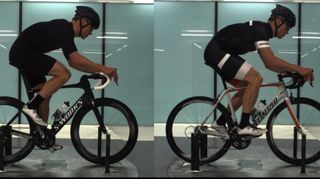
To run McLaren's model, we measured CdA while pedalling in the same position with an aero setup (ViAS, skinsuit and Evade) and a standard setup (Tarmac, bibs/jersey, Prevail)
We were instructed to hold the same position for both, and average CdA for the two setups was captured over 60 seconds (at 1,000x/sec) while pedaling at 0 and 10 degrees. We were then weighed with the bike, gear and full water bottle for each. For me, that meant 95.9kg and 0.259/0.267 CdA for the aero setup and 95.4kg and 0.308 / 0.323 CdA for the standard setup.
McLaren took this data and plugged it into its model.
The next day we went out and performed two 20km time trials on the same course. Ever the scientists, two McLaren staffers and Specialized's Chris Yu drove the course just ahead of the riders, recording air density, wind direction and wind speed all the way around the course, then entering that data into their model, along with the GPS file of the course, including elevation changes.
Being conscious to hold the same position we did in the wind tunnel, we rode the TT course with Quarq power meters measuring wattage and Garmin Edge 1000 computers capturing that data plus our speed.

On a 20km test course, McLaren and Specialized drove the course, measuring air density, wind speed and direction, GPS coordinates and more
For my own ballpark comparison, I tried to ride a steady tempo of 250w for both runs, but this wasn't at all necessary for the modelling, as McLaren just used the power profile from one ride and applied it to both setups in the model for an apples-to-apples comparison.
Nonetheless, the ballpark comparison showed immediate results. For instance, I took note of my speed at three spots on course: a fast downhill, an uphill and a flat section. The downhill was 5mph faster at the very bottom on the Venge, the uphill seemed to be the same, and the flat was maybe 1mph faster. The total ride time was a little more than two minutes faster with the Venge and aero setup. But again, this was just ballpark, as I certainly couldn't track the variance in wind speed or even exact power over the two sessions while riding along.
McLaren used the Garmin data from one of the two runs to validate its model – looking at what the model predicted vs what we actually did every second of the way, accounting for the real-time changes in power, speed, wind speed, gravity, wheel, CdA, rolling resistance and so on.
Once the model was validated, the fun really began. Aligning the two runs using a single power profile — the wattage produced each second of one ride — the model overlaid the two performances. This was not comparing the total times of each run; after the real-world data matched the model, the real-world time of the second run was discarded, and only the real-world weight, CdA and rolling resistance were used. The model found the difference between the aero setup and the standard setup to be 142 seconds. The average of the 12 riders tested was 120 seconds, with larger riders usually showing more of a gain.
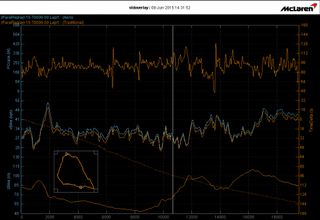
Once our real-world ride confirmed the predictions of McLaren's modelling software, the model took over and we compared the aero setup (blue line in middle) to the standard setup (orange line in middle). The top line is wattage, applied identically to both setups. The bottom line is elevation. The middle lines show the time splits created by the model. Note how the aero setup excels on flat and especially downhill sections, but lose the advantage on hills
It was fascinating to see, exactly where and how the aero setup was faster over the course. As I noticed when riding, the faster the downhill, the more the dramatic the difference. On the one short climb, which averaged about 5 percent, the two setups were virtually identical in time. Had the course been a straight-up hillclimb on a super-steep pitch, the results would have shifted, of course. But on this 19.2km loop with 64m / 210ft of elevation gain, aero ruled the day.
Even more fascinating was being able to ask the McLaren staffers to tinker with variables in the model. For instance, how much more power would I have had to produce to go the same speed on the standard setup as the aero configuration? A few keystrokes on the McLaren-issue laptop, and… 35 watts more. (I had averaged 226w trying to do an even tempo on the aero setup.)
So how much of the difference is the bike and how much is the skinsuit and aero helmet? By Specialized's calculations, it's about 50/50. Before the launch was held, there was heated debate inside the company about whether inviting journalists to test in this way was a good idea. What if the results weren't impressive? Perhaps this is why we tested aero setup vs standard setup instead of just the bikes themselves with identical clothing and helmet. Nonetheless, even if the bike difference was half, it is still a huge difference.
Bombs away — big mountain ride and a Strava downhill KOM
So how does the bike ride? Really well, actually. The geometry carries over from the Tarmac — tight chainstays, steepish head and seat tube angles, short wheelbase — and the front end and bottom-bracket rigidity are near and above the Tarmac, respectively. This means nimble handling and almost telepathic acceleration.
Although Specialized may still not have a great name in tyres, its last couple years worth of high-end rubber has been outstanding (perhaps because owner Mike Sinyard has deftly hired away several experts from Continental). James Huang and I picked the S-Works tyres for our 2013 Dream Bike for their mix of suppleness and grip.
While printed 22 and 24mm, the front and rear tyres plump up to 24 and 26mm respectively on the wide-stance CLX 64 rims. Good, supple rubber with a wide footprint means confidence for days in fast corners. And the wheels, for as deep as they are with 525g rims, accelerate surprisingly easily. Once up to speed — forget about it. They are sails.
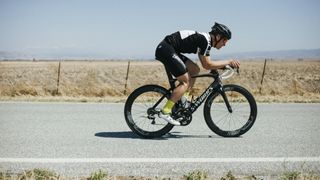
The S-Works Venge ViAS Di2 comes stock with a Quarq power meter
The day after our on-road testing with McLaren, Specialized took a small group of journalists out on a great ride in the Santa Cruz mountains. With 6,200ft / 1,890m of climbing over 60 miles, it wasn't the ride you'd expect to showcase an aero machine.
But showcase the bike it did. Before one big descent, for instance, I stopped with Specialized's Chris Riekert to fiddle around with a GoPro as the group rolled on ahead. The Bear Creek descent into Boulder Creek is a 1,400ft / 426m drop down winding, often cambered tarmac under a canopy of trees. The road surface is choppy in parts, and some of the tight bends can sneak up on you.
Camera rolling, we set off down the rollercoaster of a descent. Now, if you have ever ridden a hyper-aero time trial bike, you know they are fast, but not necessarily the most confidence-inspiring machines. Now think of how comfortable you feel on your favourite road bike. Imagine putting the TT bike speed and your road bike's confidence together. That's the Venge ViAS.
Chris and I flew down the descent, yelling back and forth, and of course we had to attack the group when we came railing past. That's what boys do. Some spirited counters followed and we throttled along at 30mph. That evening as we uploaded our Garmins, my Strava file showed a KOM for that six-mile descent.
Were there any uphill KOMs? Not with this rider. Yes, the bike has perhaps an extra pound compared with a dedicated climbing bike. (We won't get into how many extra pounds the engine is carrying.) But it's not like you feel that weight when riding.
The brakes are surprisingly good, with plenty of power and easy modulation. Aero bikes with custom brakes are typically lousy to stop. (I'm testing a Look 795 Aerolight now, for instance, and the brakes are thoroughly underwhelming.) At the front, the long brake arms runs horizontal to the ground, offering a big fairing behind the fork and healthy leverage for pressing the pads against the rim. Specialized had to add a little width the to brake arms to meet the UCI's 3:1 length-to-width rule.
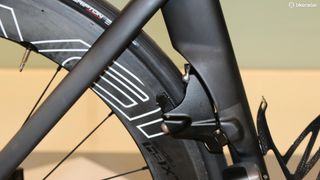
Besides being somewhat hidden behind a water bottle, the rear brake is in a place Specialized found to have the least wheel/frame deflection while riding
The Shimano Dura-Ace Di2 9070 group is excellent, of course. The S-Works Power saddle is a matter of personal preference. James and I really like being able to rotate forward on it without perennial pressure. Others might not like the shape.
The S-Works carbon cranks are graced with a Quarq power meter spider. Raleigh was the first company that I know of to include a power meter on a stock bike, and Specialized is now the second. This is an awesome trend.
The devil in the details – and the bottom line
Fit is always important on any bike, but especially so on the ViAS. Were you to demo a standard bike, the shop could easily swap stem lengths and adjust the height with spacers to get you dialled in. Here, the handlebar height is set only by cutting the steerer tube and affixing the compression-bolt stem. For the journalists testing this bike, we visited Specialized dealers to get a full fit, and our coordinates were sent to Specialized for the build.
Here in Boulder, University Bicycles' pro fitter Jason Emmanuel dialled me in with the fit I've been riding for years, so once in California to test ride, the bike felt exactly like home. Were you to buy this bicycle, I would strongly recommend that you only do so when you are confident in your fit and your professional fitter.
Complete bike weight for a 56cm S-Works Venge ViAS Di2 complete bike is 16.9lb / 7.7 kg. As such, it is not a light bike. But it is almost certainly the fastest road bike I have ever ridden, and a fun bike to ride at that.
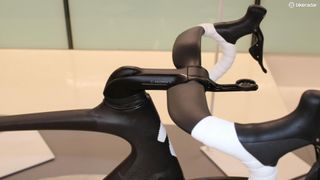
Measure twice, cut once? More like: ride a position on your current bike to make darn sure you're sure, then measure twice, then cut once
Watch the video of the Specialized S-Works Venge ViAS Di2 being tested in the wind tunnel. To subscribe to the Cyclingnews video channel, please click here.
Specification
Name: S-Works Venge ViAS
Built by: Specialized
Price: £8,500.00 / US$12,500.00 / AUS$15,499.00
Features
Available Colours: Black
Brakes: Venge ViAS
Cassette: Shimano Dura-Ace 11-28
Chain: Shimano Dura-Ace 9000
Cranks: Specialized S-Works
Frame Weight: 1150
Front Derailleur: Shimano Dura-Ace Di2 9070
Front Wheel Weight: 695
Handlebar: Specialized Aerofly ViAS
Head Angle: 73
Headset Type: Venge ViAS
Rear Derailleur: Shimano Dura-Ace Di2 9070
Rear Wheel Weight: 850
Saddle: Specialized S-Works Power
Seat Angle: 73.25
Seatpost: Venge ViAS
Shifters: Shimano Dura-Ace Di2 9070
Stem: Venge ViAS
Trail: 5.6
Weight (kg): 7.7
Wheelset: Roval CLX 64
Year: 2016
Chainring Size (No of Teeth): 36 52
Weight (lb): 16.9
Brake Levers: Shimano Dura-Ace Di2 9070
Chainstays (cm): 40.5
Seat Tube (cm): 52.7
Top Tube (cm): 56.6
Wheelbase (cm): 98.6
Frame size tested: 56cm
